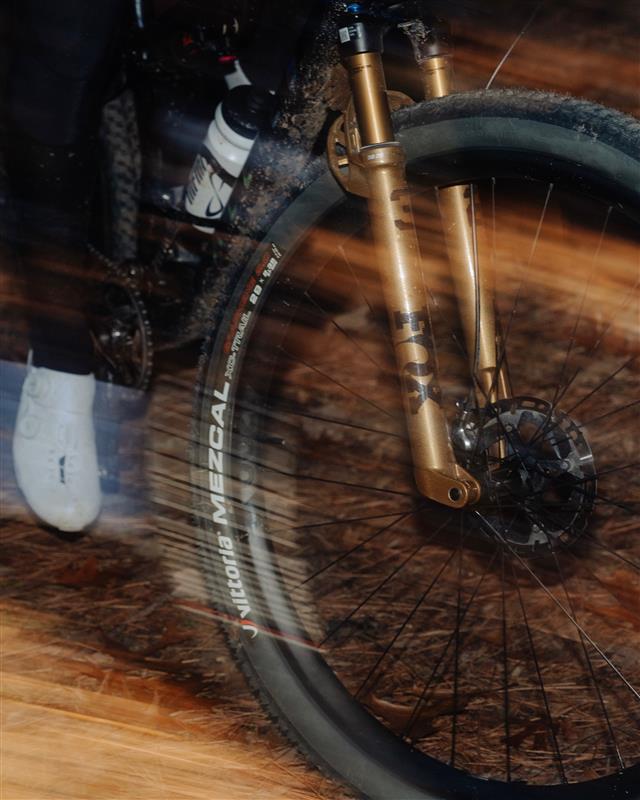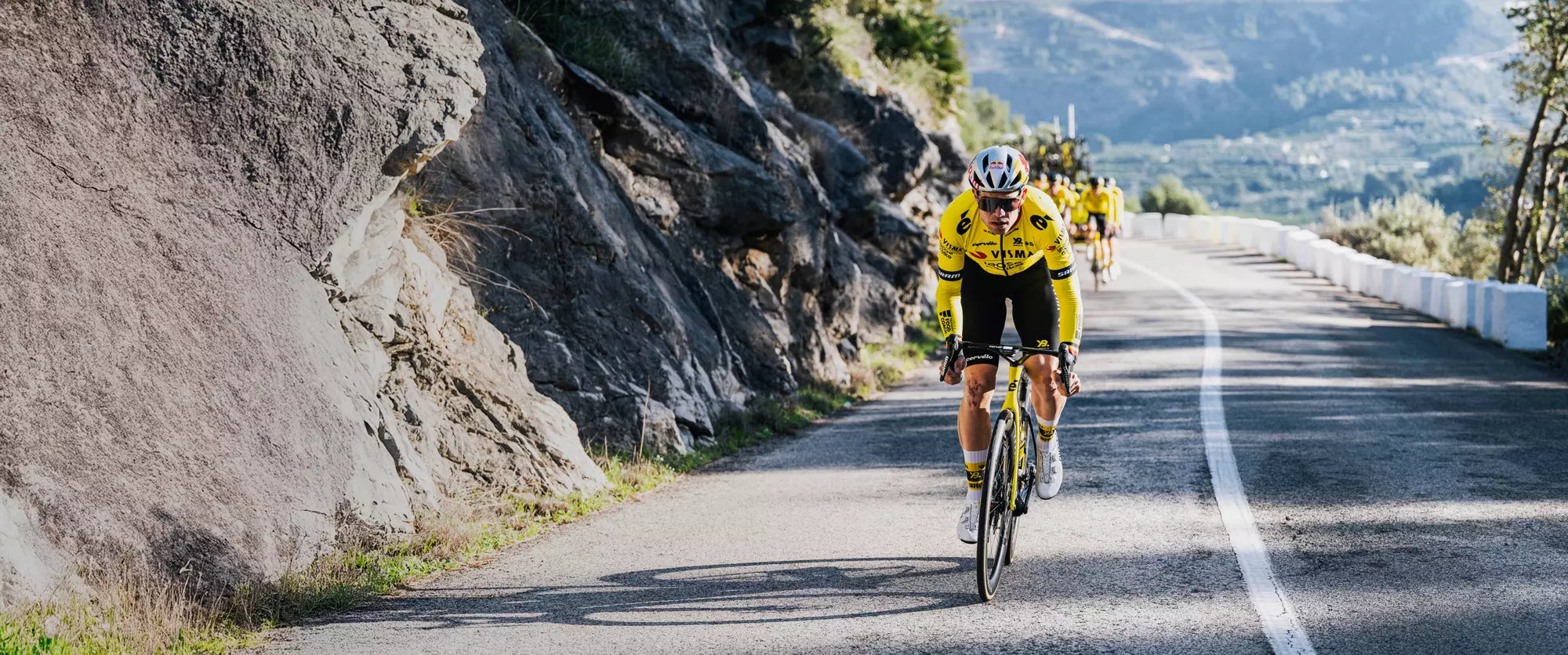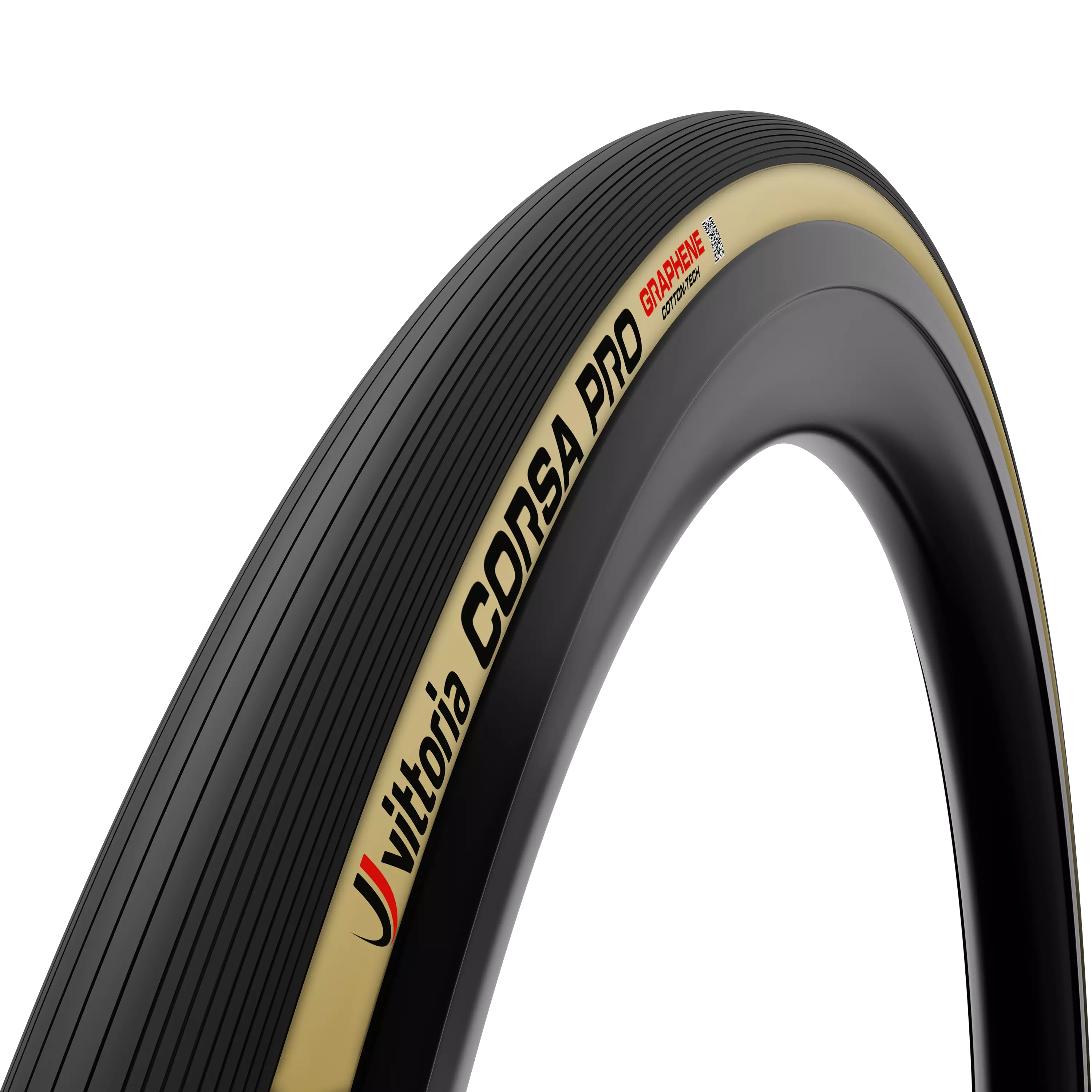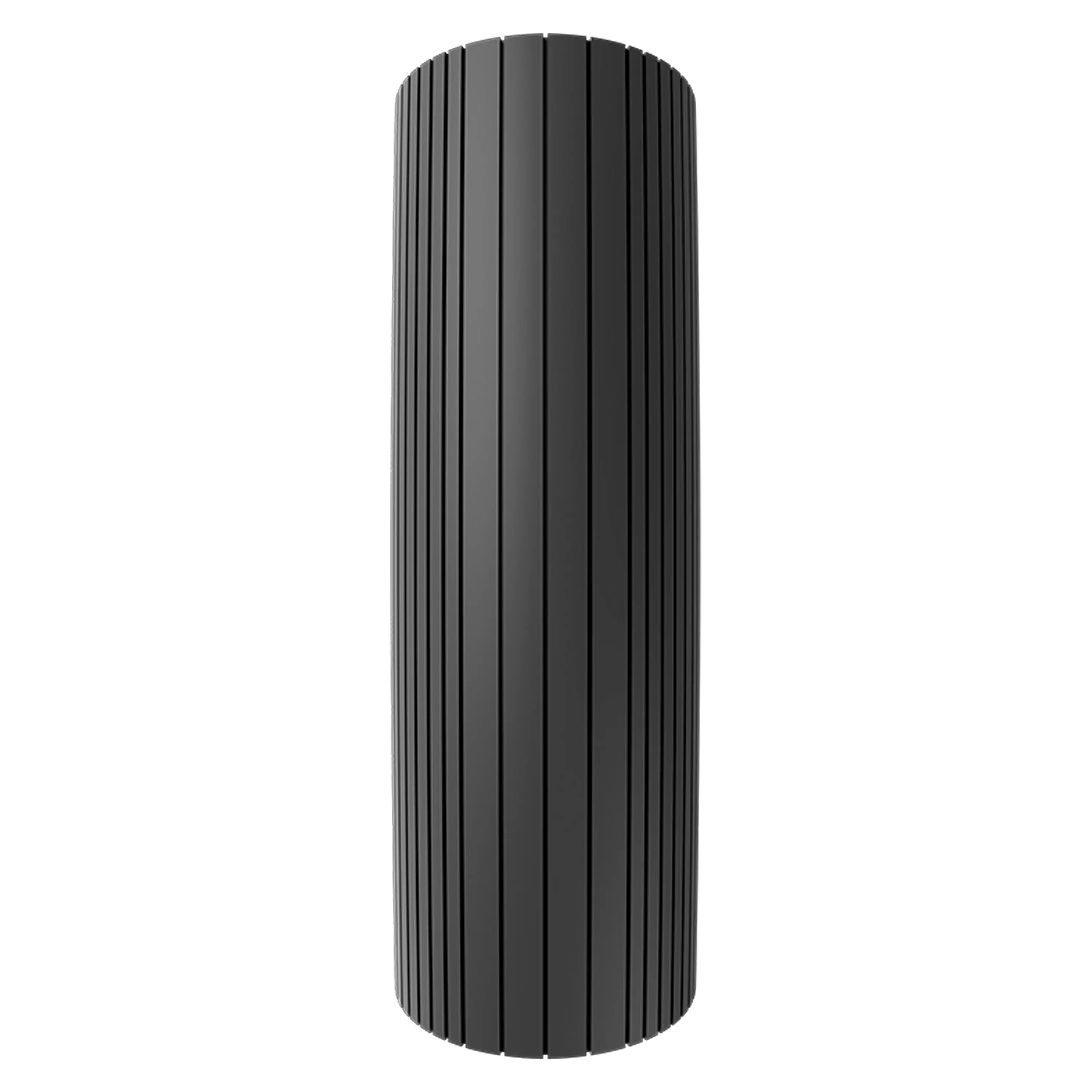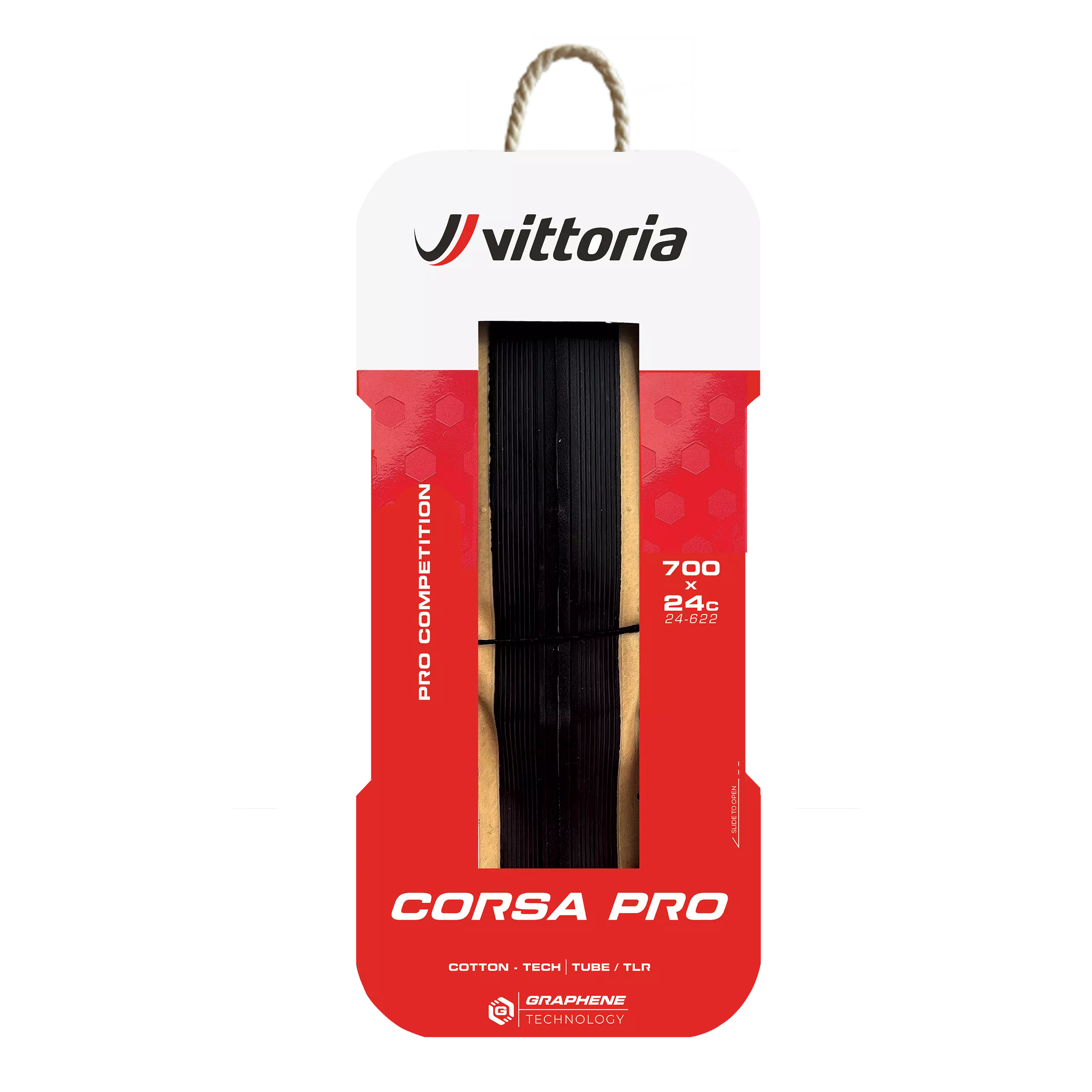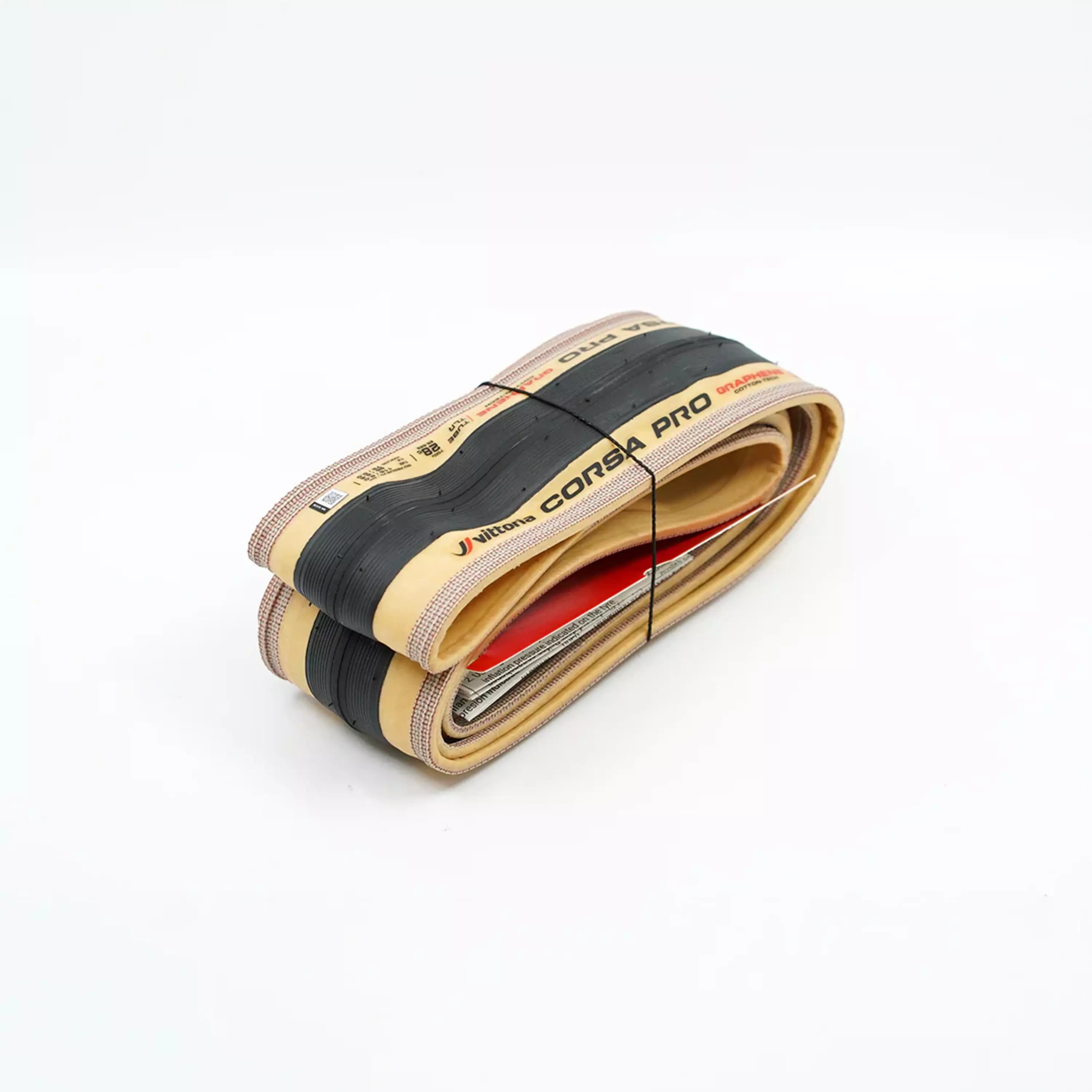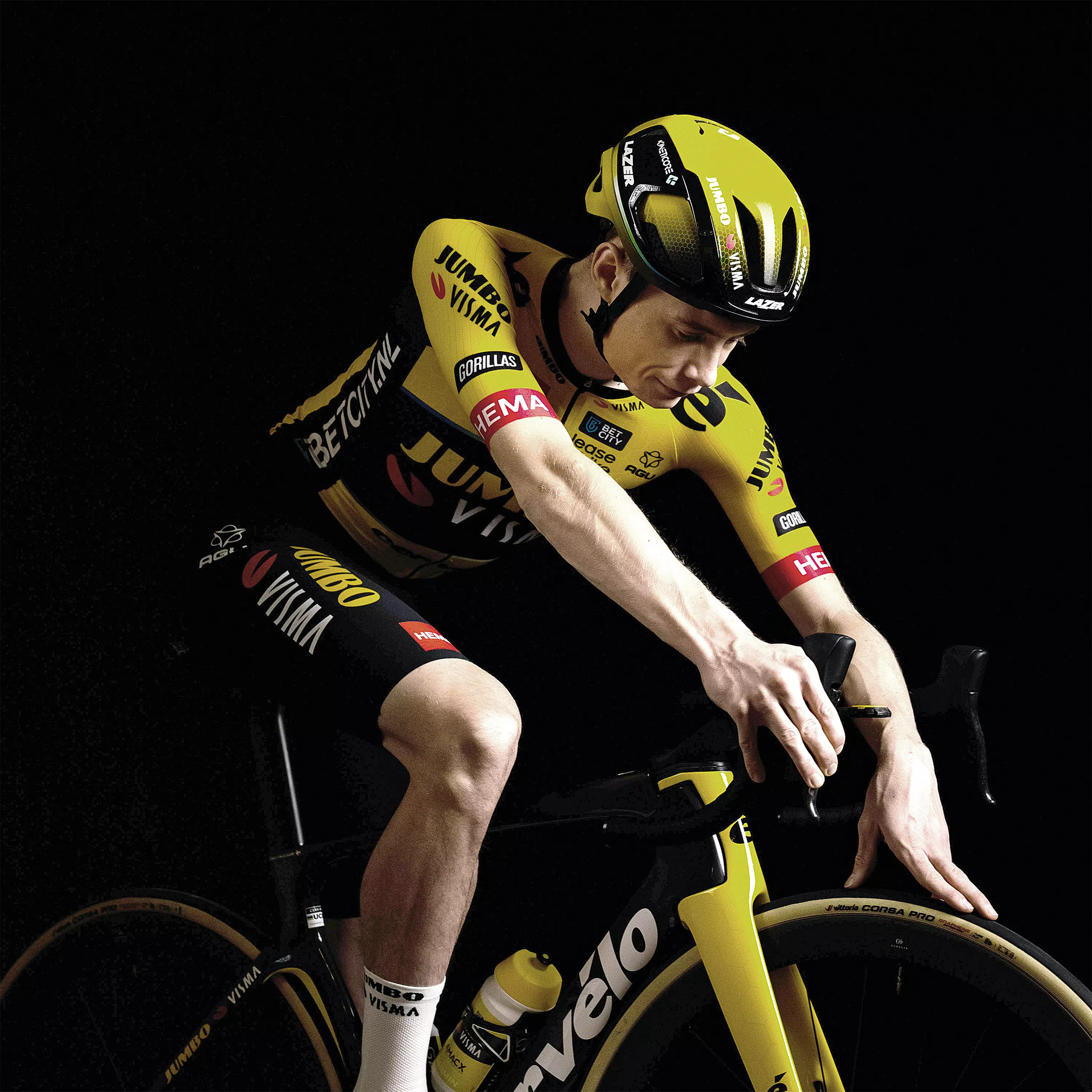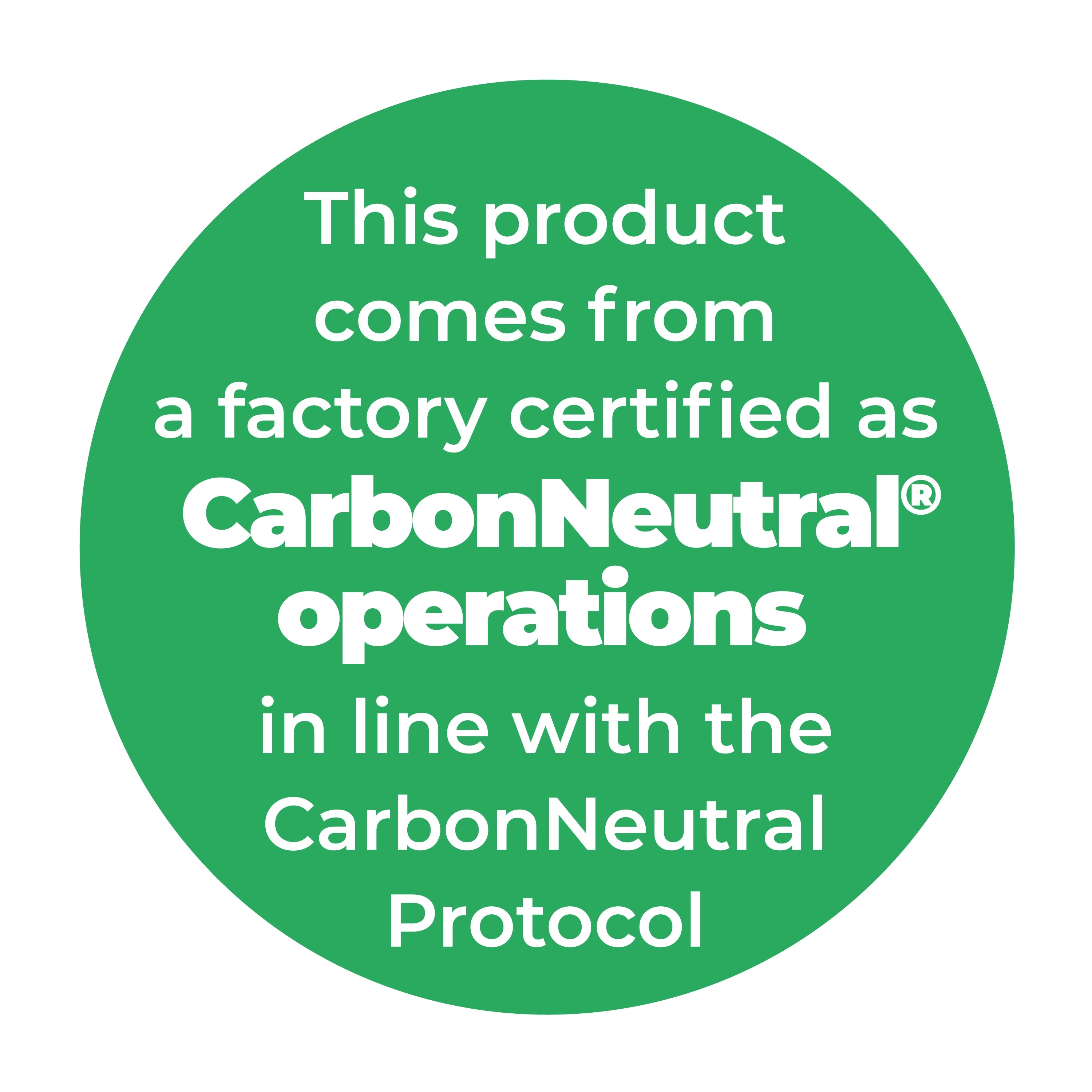When shopping for bicycle tires (all tires actually!), you will see and hear a lot about Rolling Resistance. Understanding it and taking this factor into account as you make a selection for whatever you ride is important. In fact, there is even a website called Bicycle Rolling Resistance dedicated to agnostically testing rolling resistance of a wide swath of available tires. Hours of fun reading, actually. What a rider refers to as “rolling resistance” can more formally be defined as the measure of force which resists a rolling tire. A more down to earth version of this definition is “how a tire maintains speed”, and ultimately “how fast” a tire is on a given surface. As a section of tire rolls under a rider, it deforms momentarily, before returning to shape as it rotates back up and around. The more supple (or easily deformable) a tire is, the less energy it will take to deform, and the less resistance it will have in rolling. This relationship between rolling resistance and deformation also applies to when a tire rolls over a bump in the road or trail, having a similar effect on the tire’s ability to maintain speed. The interesting thing is, this affects all tires, no matter the category. If you want to geek-out on this further, we go super deep on this topic in our Vittoria White Paper #3.

No Single Solution
Why then does Vittoria make so many different casings? Wouldn’t the single most supple casing material return the lowest rolling resistance for every use? The answer has more to do with how a tire deforms as a system, not simply how a casing alone reacts. One example is the new Vittoria Pista Oro TLR, designed specifically for track use, and setting the pace in tubeless track technology. In track cycling, racers compete for time and distance over a smooth wooden surface, devoid of the typical hazards which may be found on roads. This allows the cotton casing and tread of the tire to be extremely thin, and therefore supple. This system-approach combination of an ultra-supple tread and casing, Graphene and Silica enhanced compound formulation, built upon a TLR (tubeless ready) construct, returns the bare minimum in resistance, and has been podium proven to maximize speed and efficiency at the highest level of track competition.

Towards the other end of the spectrum sits the new Vittoria XC Race mountain bike line of tires. In modern XC, riders battle up and down extremely technical tracks, strewn with rocks and roots, across various types of dirt, and in every weather condition possible. The new Vittoria XC-Race construction returns class-leading rolling performance across this range of conditions, while providing confident grip and durability, all in a competitive weight package. Yet, this is not achieved in the same manner at the Pista track tires. To accomplish this required outside the box thinking using a softer Graphene and Silica enhanced Race Formulation compound, over a slightly more robust nylon casing. Doing so balances the flex of the tread and sidewall, allowing the construct to deform more uniformly than traditional tires. The result is a dramatic improvement in rolling performance, grip, and durability testing, further validated by multiple UCI World Championship titles.
So there it is, the Rolling Resistance overview. Use this nugget of knowledge as you look at tires for the upcoming season, whatever your ride discipline.
Hope to see you on the handlebars.
- Team Vittoria
